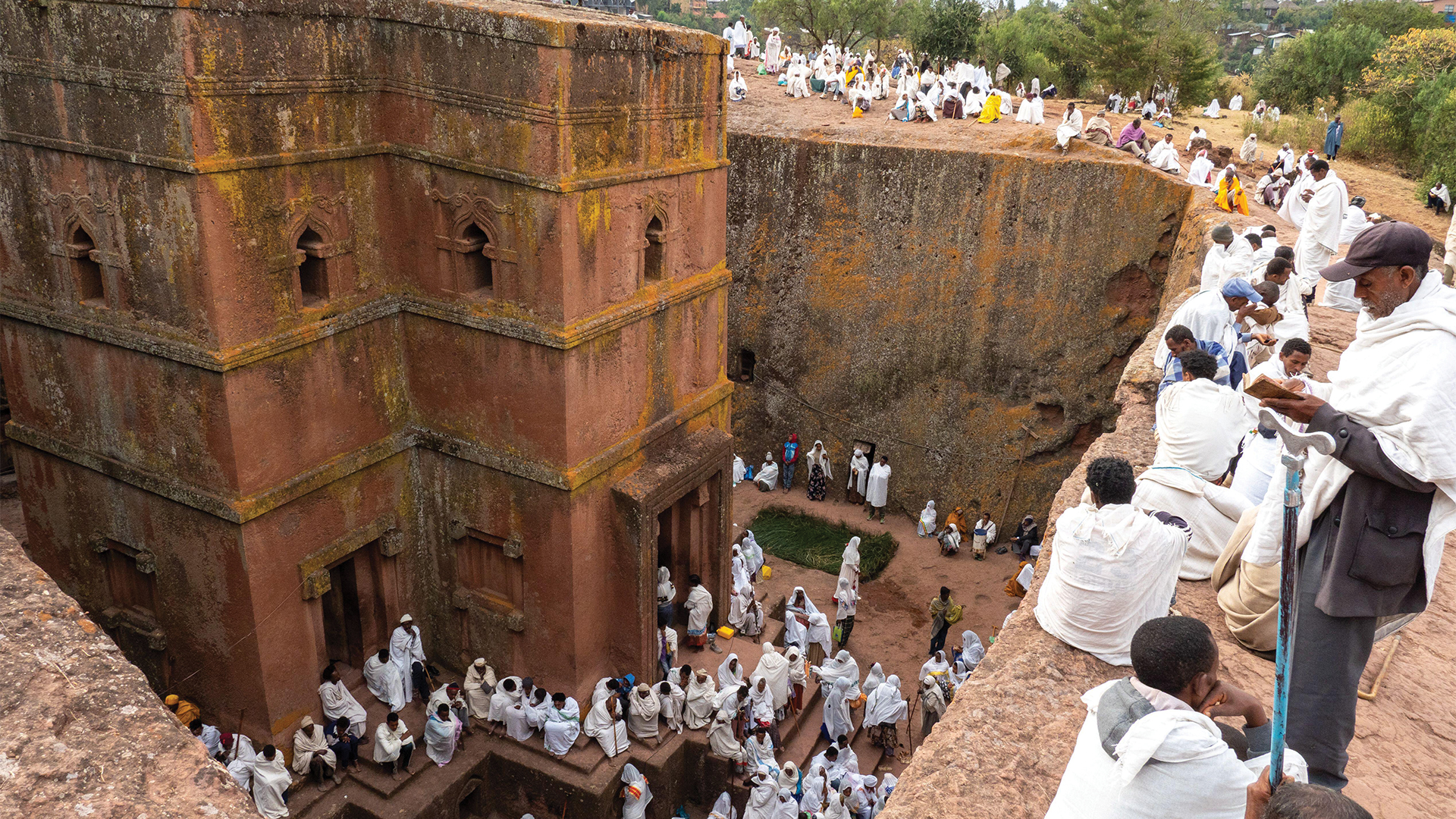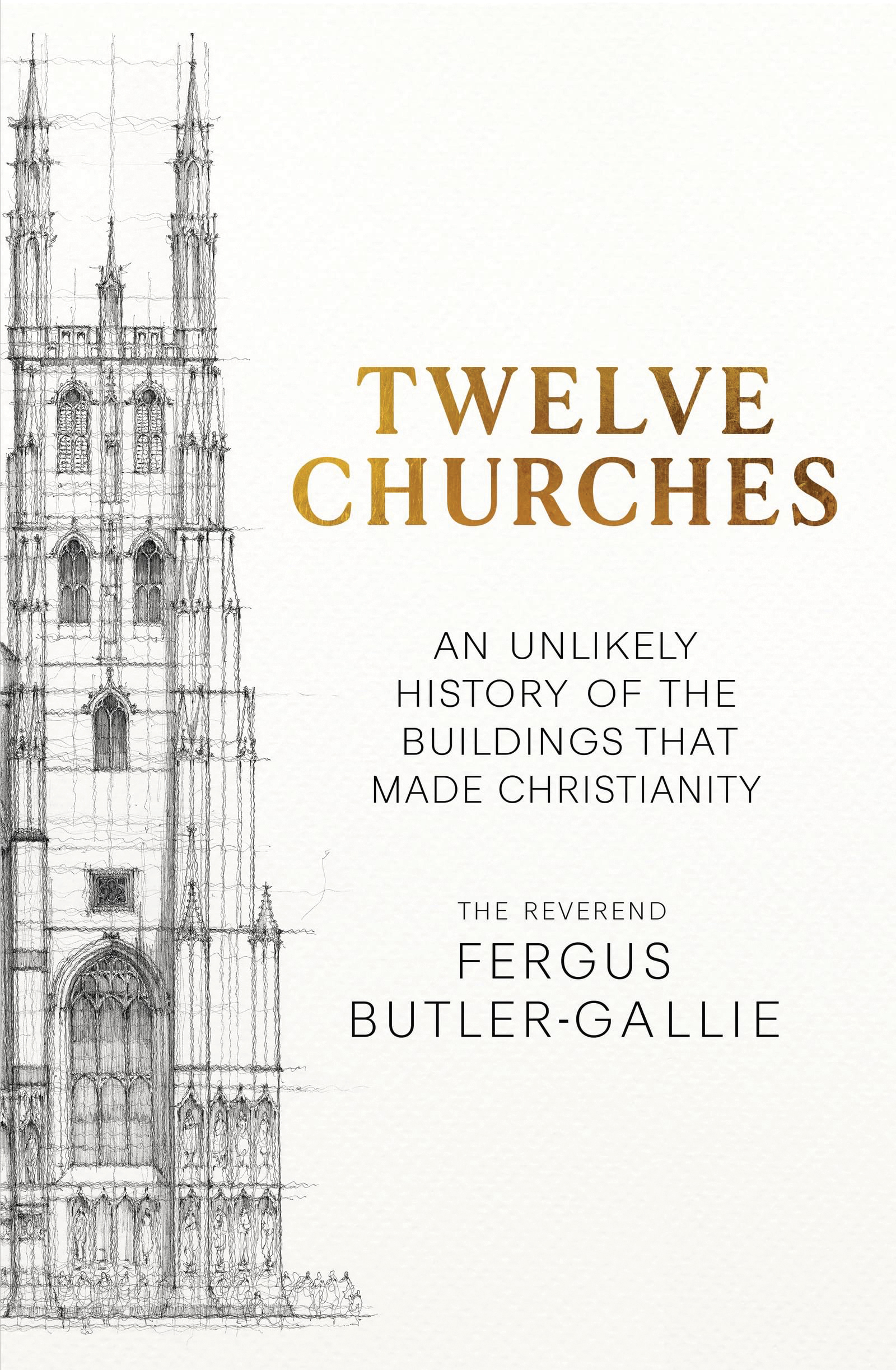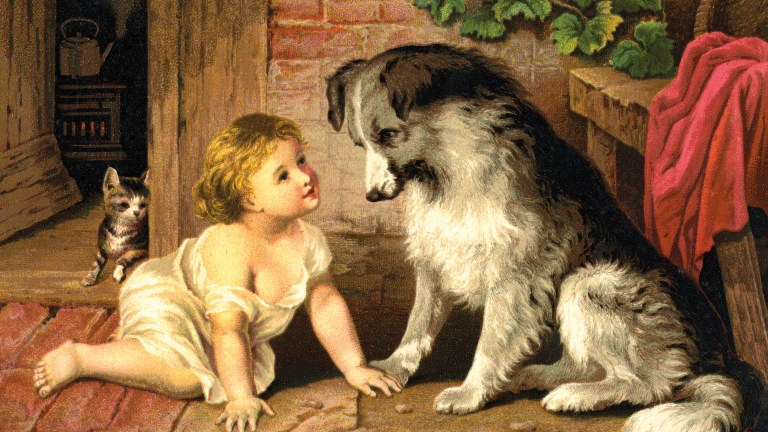I remember being strangely drawn to churches as a teenager. It wasn’t because I was, then, particularly religious, nor do I think that I was nosier than most people – after all I didn’t feel the same compulsion to push open the doors of shops or libraries or random people’s houses and peek inside. But with churches I always did feel that urge that I couldn’t just walk past, I had to, even for five minutes, poke my head in.
Soon I realised that this urge was time well spent, that church buildings were the most incredible collections of story. That their stones and monuments, their clutter and even just their atmosphere, could communicate across centuries. I realised that there was something very special about being in places where people had come with their hopes and fears, their joys and their tragedies, in short, all the complexities of human life, over many years.
I realised to that a building set aside for that most complex aspect of humanity of all – the search for the Divine – was always a place with stories and secrets. I always left them feeling glad I had gone in, and a little wiser for having done so.
Get the latest news and insight into how the Big Issue magazine is made by signing up for the Inside Big Issue newsletter
All this is to say that I have been fascinated by churches and both the individual stories they tell and the wider, deeper story they represent, for years. Finally, I’ve decided to write about them in Twelve Churches: An Unlikely History of the Buildings that Made Christianity. I suspect the desire to finally put pen to paper about these remarkable buildings was probably stimulated – ironically – by being unable to go to them for the first time I could remember.
One of the consequences of not only UK lockdowns but also the restrictions on international travel during Covid was that poking my head round the door of a church wasn’t possible anymore. And I found I missed them.






